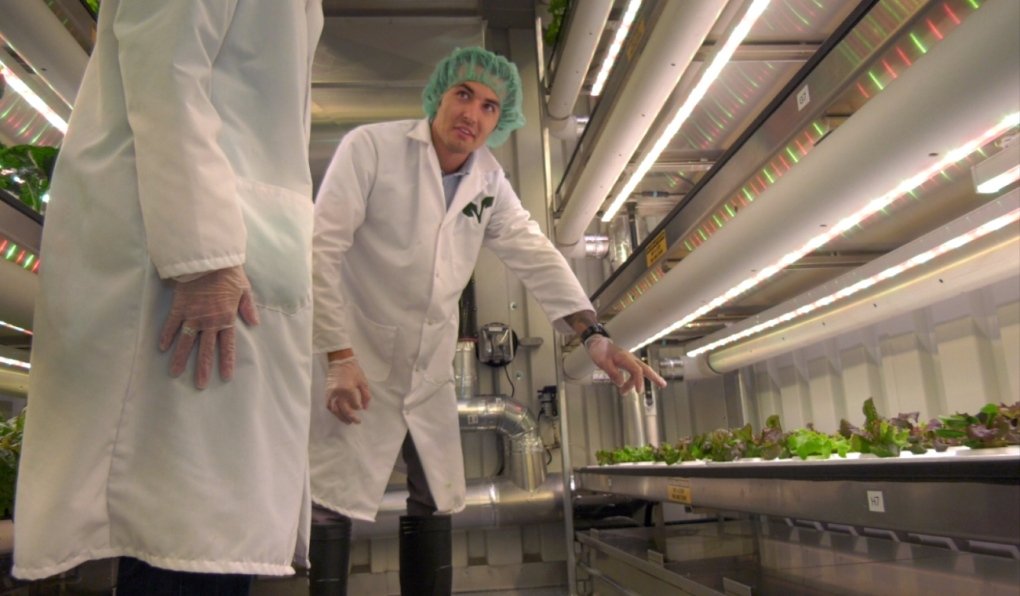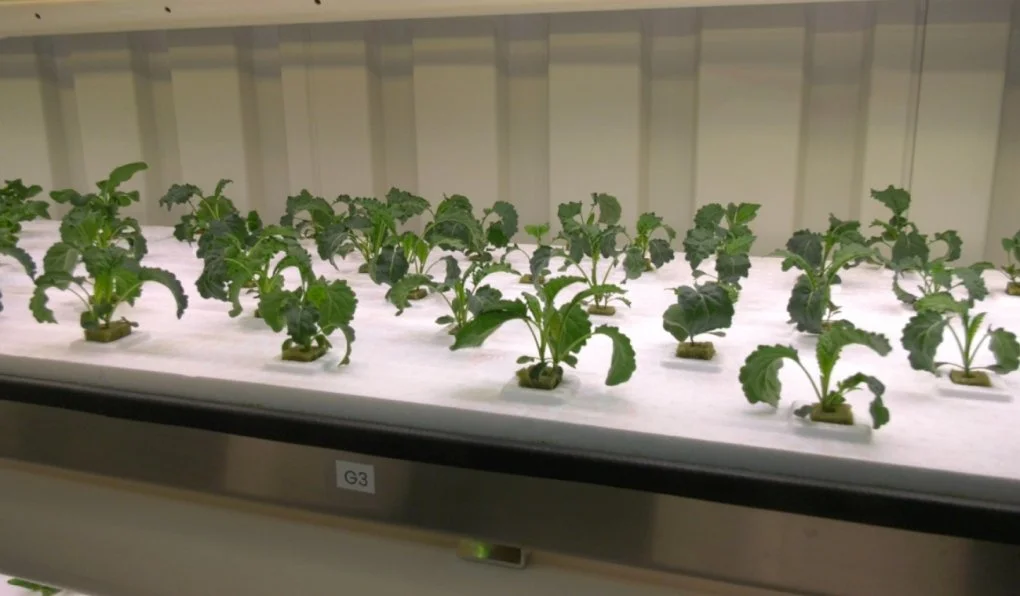CANADA: VIDEO - Nipissing First Nation Greenhouse Sprouts Into Early Success
The Nipissing First Nation (opens in a new tab) community is celebrating the launch of a new project called Mnogin Greenhouse(opens in a new tab) located on Jocko Point Road.
This greenhouse was announced (opens in a new tab) in December and is growing lettuce and other leafy greens, as a way to solve foot shortages and food insecurities.
Tending to the plants inside the greenhouse is manager Makenzie Jones, who knows this operation is going to play a role in supplying herbs and lettuce.
The greenhouse opened with its first seeding in late June.
"We actually just had our first harvest this week and we're slowly starting to ramp up," said Jones.
In 2016, when Indigenous communities started facing food security issues, the idea of opening such a greenhouse started to sprout and grow.
"Food security was on the radar but it's really in our face now," said Nipissing First Nation Business Operations Manager Gen Couchie.
"It's extremely exciting to have the capacity."
Mnogin Greenhouse is made up of four trailers. Two of them are already up and running with vertical row-on-row growing of different lettuces and herbs. A third trailer will be launching soon for more produce growing, while the last trailer is set up for packaging and distribution.
"Primarily our first farm we have more of our leafy greens like the spinach, kale and stuff like that," said Mylene Langlois, one of the greenhouse's cultivation and packaging technicians.
"The second farm is more of our lettuces and our Asian greens."
Depending on which type of produce, the growth cycle rotation takes between six and 12 weeks – no pesticides or herbicides are used in the growing process.
The greenhouse is a hydroponic system. This allows the produce to grow at a 40-50 cent faster rate and allows more plants to be grown in a smaller footprint.
"It's about 25,000 heads of lettuce per year. We have three units so we're looking at about 75,000," said Jones.
"In pounds we can probably push 18-20,000. Especially with the lettuce prices (opens in a new tab) we've had recently, everyone saw the prices go up. This is an opportunity for us."
Mnogin Greenhouse is made up of trailers with vertical row-on-row growing of different lettuces and herbs. (Eric Taschner/CTV News Northern Ontario)
The project is seen as a training tool for First Nations communities looking at similar greenhouse projects down the line and as way to top up local restaurants or markets in need of fresh produce.
“Our prices will be very competitive with what people are purchasing from the grocery store," said Couchie.
"There will be no comparison between our products and what is being harvested several weeks before and shipped."
The Nipissing First Nation community is celebrating the launch of a new greenhouse project called Mnogin Greenhouse located on Jocko Point Road. (Eric Taschner/CTV News Northern Ontario)
The greenhouse project is still in need of volunteers as it looks to push the boundaries on what can be grown right here in our own backyard.
For more information on the greenhouse or to volunteer, visit their (website(opens in a new tab).
The greenhouse is a hydroponic system. This allows the produce to grow at a 40-50 cent faster rate and allows more plants to be grown in a smaller footprint. (Eric Taschner/CTV News Northern Ontario)
Mnogin Greenhouse is made up of trailers with vertical row-on-row growing of different lettuces and herbs. (Eric Taschner/CTV News Northern Ontario)






